As procurement professionals, our job is to ensure clients consistently receive a quality good or service on-time, and at the best price. ProcureAbility begins each client engagement with knowledge accrued over decades of industry experience and couples that with extensive market research to ensure we can instantly add value to our clients. While we are always seeking new, innovative ways of doing our work, there are some “old school” procurement fundamentals that you can apply to everyday life to get the best value out of each purchase.
Do Your Homework:
Researching the marketplace is a critical first step to start any procurement improvement effort. Consider:
- Health of the Industry
- Market Intelligence: What is consumer demand for the specific industry?
- Benefit: Understanding consumer demand will help you determine your potential leverage during vendor negotiations (e.g., if the market is struggling, vendors will be even hungrier to earn your business)
- Interest Rates
- Market Intelligence: For large purchases, how are financing rates relative to past years? What is the interest rate breakpoint for when paying cash becomes more cost effective?
- Benefit: Understanding loan interest rates will help you determine if now is the appropriate time to make your purchase. It will also help you understand the feasibility should you be given a discount to pay cash.
- Manufacturer Performance
- Market Intelligence: Are there specific vendors or products that have had historical performance issues? What have vendors done in the past to rectify these issues?
- Benefit: Historical performance could serve as a pre-qualifier to immediately exclude certain vendors from your evaluation as maintenance costs can be a significant, unexpected and ongoing expense.
Make Others Compete for Your Business:
Requesting bids from multiple vendors is critical to ensure the best price and a comprehensive understanding of the marketplace offerings. For example, perhaps vendors are willing to include something additional at no charge or are willing to offer lucrative incentives should a large down payment be made?
Request that quotes are itemized across each line item inclusive of those items that are offered “for free” (e.g., what is the standard price of this good or service if not offered for free?). This level of detail will facilitate a smoother evaluation as you will be able to better conduct an apples-to-apples comparison across vendor proposals.
Negotiate, Negotiate, Negotiate:
Negotiations are a critical step to ensure you are maximizing the value you can create. Below are a few considerations to keep in mind as you engage in your own personal procurements.
- Use Timing to Your Advantage:
- Timing your purchase to the end of a month or the end of a quarter could prove advantageous as sales representatives are trying to meet sales quotas. Vendors may be more willing to dig deeper into margins to hit their quota than they would be at the beginning of this cycle.
- Timing your purchase to after a new product line is announced could also prove advantageous as vendors are looking to move inventory at a discount in favor of the latest and greatest model.
- Let Other Party Offer First
- Avoid preemptively establishing a price floor by proposing your maximum price. Alternatively, provide directional feedback leaning on the market research you conducted earlier (e.g., “This offer is not competitive compared to what I am seeing in the marketplace.”)
- Request that the vendor provide a fact-based rationale as to why they are requesting their price point.
- Silence Is Power
- Resist the urge to fill awkward silence as parties routinely talk themselves into offering additional concessions. A best practice is to state your ask and allow the counterparty to respond without interruption.
- If the negotiation is conducted in person, body language can be used to your advantage as subtle signs of displeasure such as crossed arms or pursed lips can lead the vendor to offering further concessions.
Read the Fine Print
After agreeing to a price point, always allot time to review the terms and conditions of the agreement. A few points to highlight include:
- Taxes and Fees: The final price point agreed to should be all inclusive without any “gotcha” payments being required to take delivery.
- Warranty: Should the product fail after you take delivery, what are your rights to ensure the vendor rectifies the situation? How long will the vendor offer these services?
- Interest Rates: Are interest rates stable across the life of the loan or are they adjustable based on the market? What could start as a great price point could quickly become unaffordable should interest rates increase after the purchase.
Incorporating these tips and tricks into your everyday purchases will have you quickly operating like a procurement professional and ensure that you too are able to buy your goods and services at the right time, in the right quality and at the best price. Good luck!
Subscribe to ProcureAbility Insights to access whitepapers, presentations, plus our latest thought leadership.



